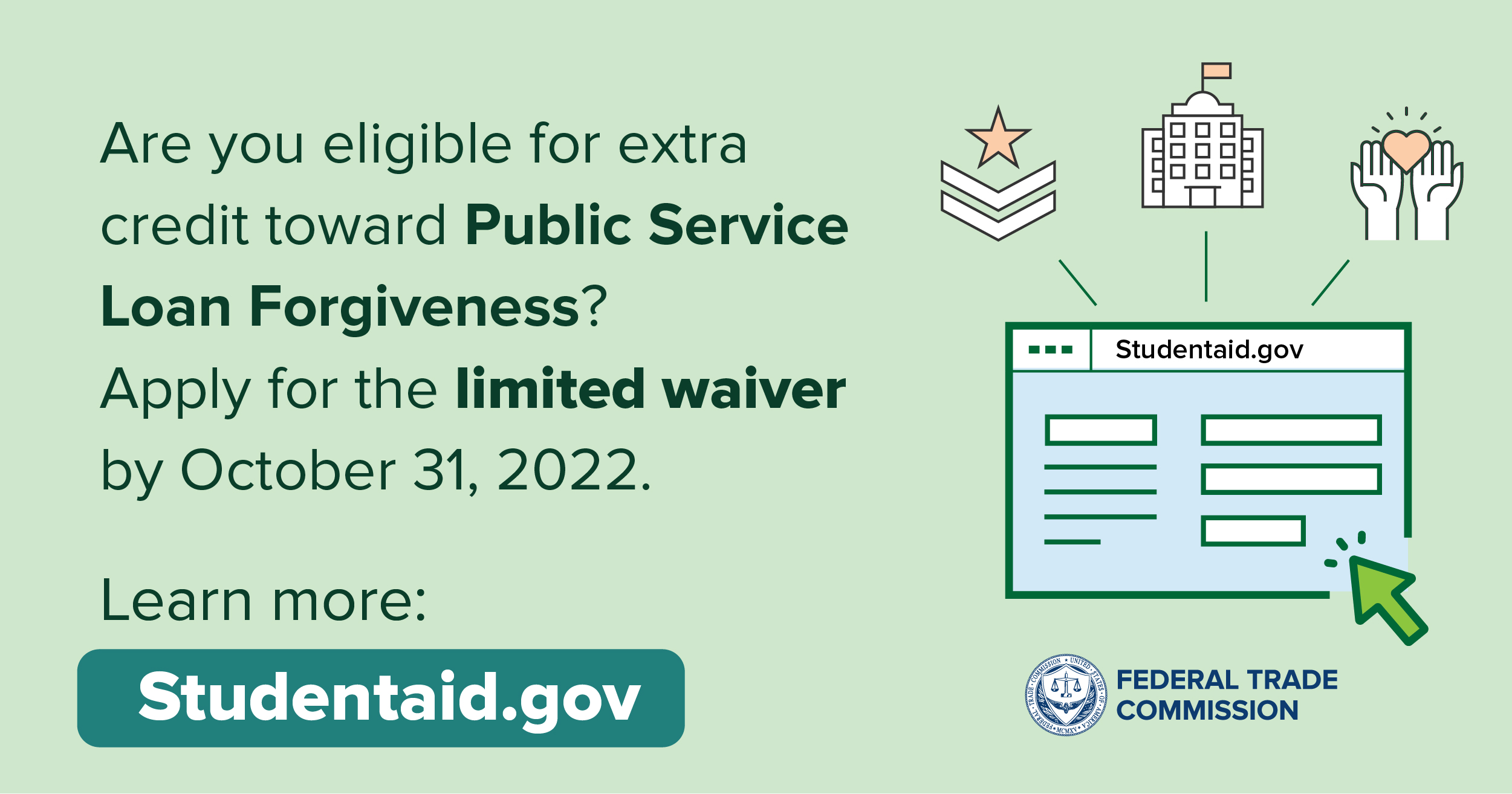
It’s no surprise that student loan debt is an important topic for many of us, but what about the possibility of having your student loans forgiven? In this post you’ll learn how to apply for student loan forgiveness and why it’s such a big deal.
What is student loan forgiveness?
Student loan forgiveness is when the government or your lender cancels all or part of your student loan. Forgiveness can happen if you work in certain jobs, such as teaching or public service, or if you meet other requirements. For example, you might be able to get your loan forgiven if you’re unable to make payments because of a disability.
There are several types of student loan forgiveness programs, including:
• Public Service Loan Forgiveness: This program forgives the remaining balance on your Direct Loans after you’ve made 120 qualifying monthly payments while working full-time for a qualifying employer. To qualify, you must work for a government organization, nonprofit organization, or other qualifying employer.
• Teacher Loan Forgiveness: If you teach full-time for five complete and consecutive academic years in a low-income elementary or secondary school, or educational service agency, you may be eligible for up to $17,500 in forgiveness.
• Perkins Loan Cancellation and Discharge: You may have all or part of your Perkins Loan canceled if you serve in certain occupations such as teaching, law enforcement, or the medical field. You may also be eligible if you’re a firefighter, librarian, or member of the military serving in an area of hostilities.
Who qualifies for student loan forgiveness?
The Public Service Loan Forgiveness Program is the largest student loan forgiveness program available, and it’s specifically for public servants. To qualify, you must work for a government organization or a 501(c)(3) nonprofit. You also must have made 120 qualifying monthly payments on your Direct Loans—which means you’ve been paying for 10 years—before applying for loan forgiveness.
If you don’t work in public service but have an income-driven repayment plan, you may be eligible for partial loan forgiveness after 20 or 25 years of payments (depending on the plan). If your loans are forgiven under either of these programs, the balance of your loan is forgiven tax-free.
There are other student loan forgiveness programs available for certain professions, such as teachers, nurses, lawyers, and doctors. These programs typically forgive a portion of your loans after you make a certain number of payments. To find out if you qualify for one of these programs, contact your loan servicer.
How to apply for student loan forgiveness 2022?
If you’re struggling to repay your student loans, you may be looking for ways to get your loans forgiven. Student loan forgiveness can be a complex process, but there are several programs that can provide relief if you qualify.
The first step is to research the different programs that offer student loan forgiveness. You’ll need to find out what the requirements are for each program and whether you qualify. Once you’ve done your research, you can begin the application process.
Most student loan forgiveness programs require that you make regular payments on your loans for a certain period of time before your debt is forgiven. You’ll also need to meet other eligibility requirements, such as working in a public service job or having a low income.
If you’re not sure whether you qualify for student loan forgiveness, it’s important to talk to your lender or servicer about your options. They can help you understand the requirements and determine if you’re eligible.
Once you’ve decided to apply for student loan forgiveness, the next step is to fill out the necessary paperwork. This can be a lengthy and complicated process, so it’s important to make sure that all of your paperwork is complete and accurate.
After you’ve submitted your application, it will take some time for your lender or servicer to review it and make a decision. If you’re approved for student loan forgiveness, they will contact you with instructions on how to proceed. If you’re not approved, they may suggest other options for
Conclusion
The process of student loan forgiveness can be complicated, but it’s worth it if you’re struggling to repay your loans. There are several ways to qualify for forgiveness, and each has its own requirements.
However, the most important thing is to make sure you understand the program and how it works before you apply. With a little research and planning, you can get your student loans forgiven and start fresh with your finances.
